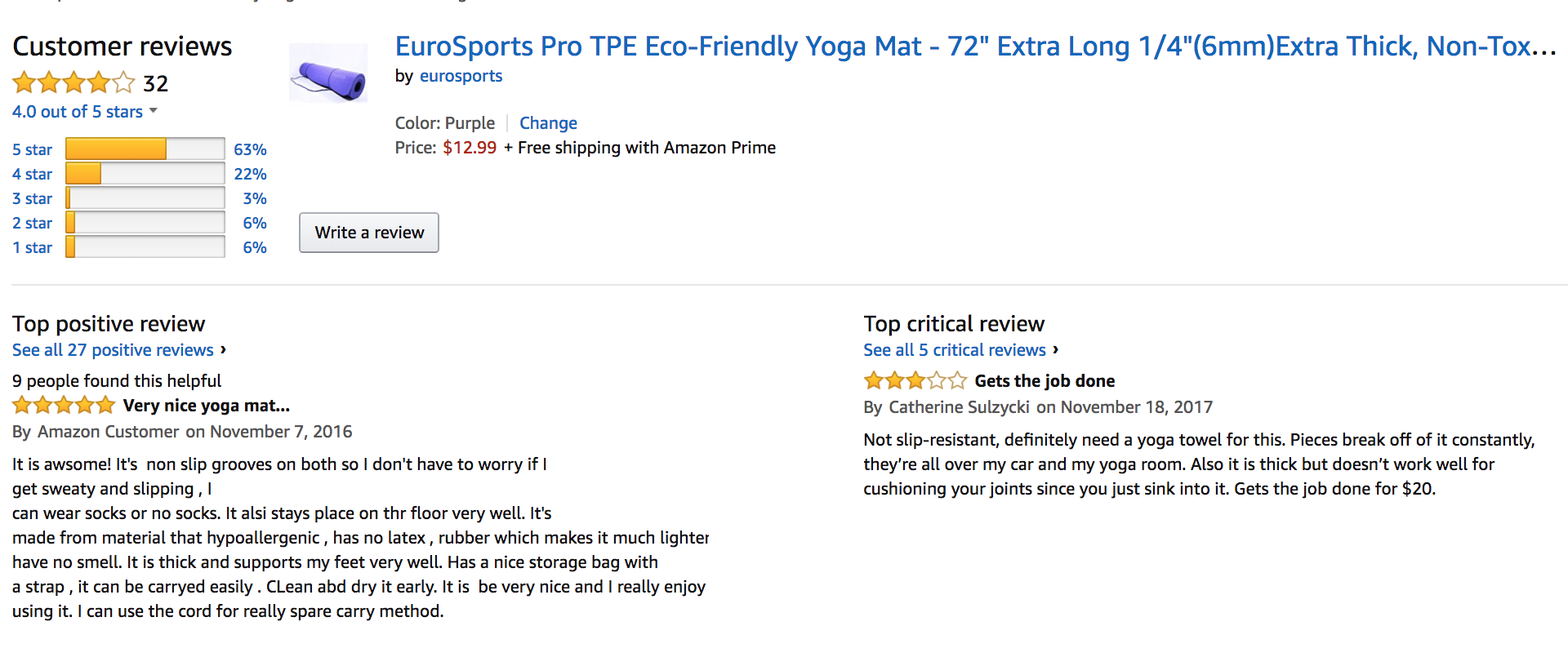
Business • Marketplaces

Amazon has officially launched into Australia. The expansion of the retail giant brings many opportunities for the savvy business owner. Why?
First of all, the number of Australians who are already using Amazon is staggering. Since the announcement that Amazon would expand into Australia, market research firm Hitwise has found that monthly searches for “Amazon” have risen 93% since July

Many retail experts contend that Amazon will actually bring a downward pressure on Australian retail. Amazon will roll out its direct retail ecommerce platform alongside its suite of features for third-party retailers, effectively setting itself up as the number one competitor in the market with $300 billion in sales and control over local reach and logistics.
However, the retailer that uses Amazon for its positive qualities will certainly benefit. Here’s how.
If the US market is any indication, Amazon has a tendency to draw very loyal customers. 55% of online customers begin their search on Amazon regardless of the product they are searching for.
BloomReach, the marketing research company that aggregated the statistics, also reported that the number was up 25% over the previous year. This means that shoppers are even skipping Google to move straight to the source — only 28% of shoppers online started from a search engine.

If your products are on Amazon, you will gain access to the large customer base that comes to the site each year (and stay there). If the above statistics are any indication, you will likely lose out on this entire audience without that exposure.
The Fulfillment by Amazon (FBA) service offered by Amazon gives SMEs access to scaled logistics and shipping services normally reserved for enterprise level companies. Any customer that you procure from Amazon will not add to your total volume shipped. If you are not shipping enough volume to negotiate lower rates with your current freight partners, lowering your shipping costs through FBA could be an option.
| Related Reading: How to Sell on Amazon Australia and Other FAQs
Amazon customer service also ensures that your business is not negatively affected by shipping errors that are outside of your immediate control. With Amazon, your shipper takes centre stage with you. Customers are more likely to forgive logistics mistakes when you have the leverage of the Amazon infrastructure behind you to fix the problems.
FBA sellers are known as 3P Sellers. In contrast, FBM, or “fulfilled by merchant” sellers handle their own logistics. This is an excellent choice if you have your logistics infrastructure in place because you will save money and improve the margins on your product sales. However, it may be difficult to beat the Amazon Prime feature set that Millennials and Generation Z buyers are becoming accustomed to.
For instance, if you cannot guarantee two-day shipping on any product around the world, then Amazon Prime already has you beat. You should also have a customer service infrastructure that is built to handle shipping mistakes.
Is your returns policy flexible? And can you afford the margins on your shipping? Even if you can answer in the affirmative to all of these questions, you may also want to ask yourself if the resources that you spend to keep up your logistics may be better directed into another department.
It is true that most customers will consider themselves customers of Amazon rather than customers of your business. However, you may be able to draw customers from Amazon to your ecommerce site if you have a great reputation.
87% of Amazon shoppers will check your seller ratings before making a purchase. This is the first chance you have to showcase your customer service and superior product quality to the world without hard-selling it to your audience yourself.

Your seller rating is a composite score of your entire Amazon profile. In order to optimise this rating, spend time on your product descriptions, take the best pictures possible, and constantly analyze your listings to bring customers the most relevant facts about your products.
The Amazon search engine is a highly precise tool that customers use to instantly find what they need. The more you know about this tool, the more visibility your products will have within Amazon.
A working knowledge of keyword strategy will be your first weapon. Optimise your product listing by including high-ranking keywords and synonyms in your title and description bullet points to help the Amazon search engine categorise your products. Use all the space that Amazon provides for your title and descriptions; do not use short titles.
Other factors that will affect your SERP performance include customer reviews, your fulfilment method, pricing, sales history, and your star rating.
If you've already created an Amazon account, then you can start adding your products to Amazon via Amazon Seller Central. If you're a Neto retailer you can use the native Neto-Amazon integration to seamlessly manage listings, customers, inventory, and sales from the same platform you manage your ecommerce website (and everything else!). In addition to Amazon, Neto is also building integrations with the Catch of the Day and Trade Me marketplaces. More information on these marketplaces will be available soon.
Ready to take the next step with Amazon? Book a demo or download our free Amazon Guide.
